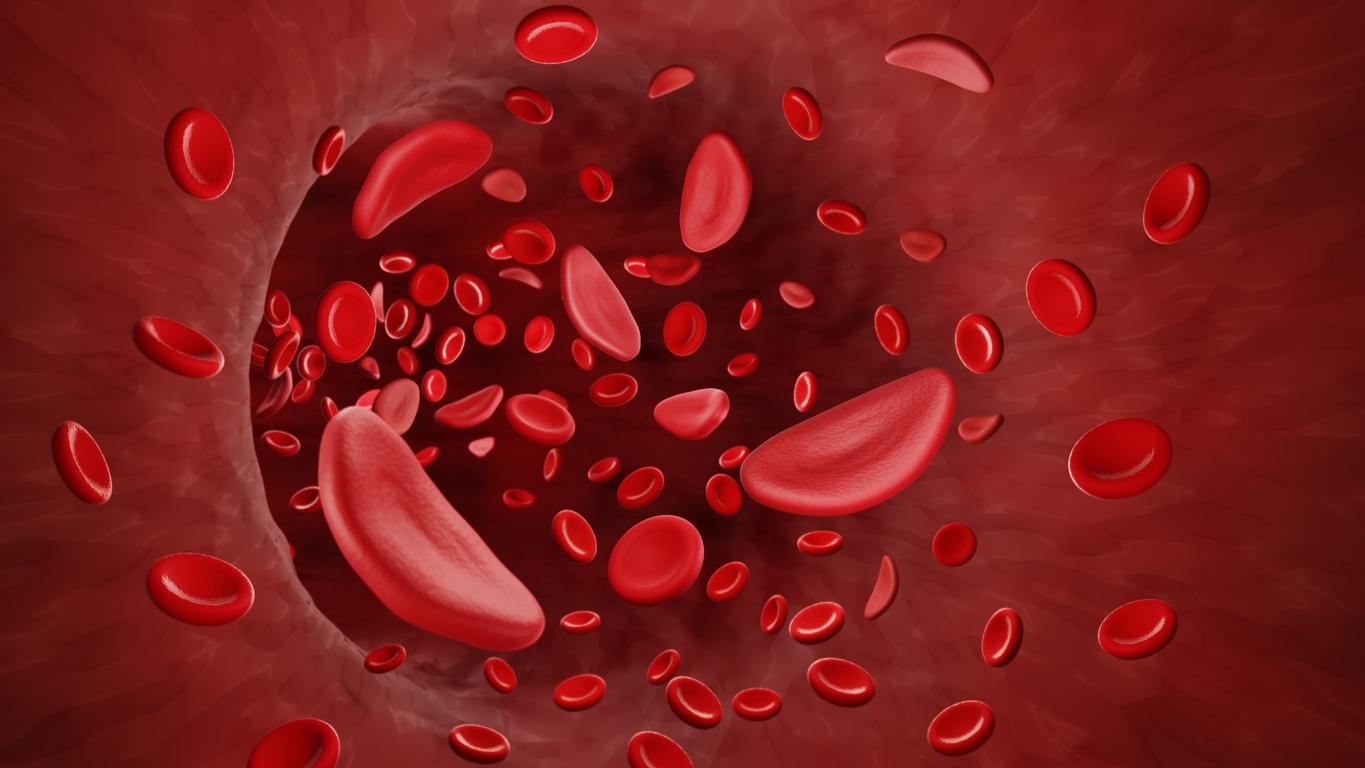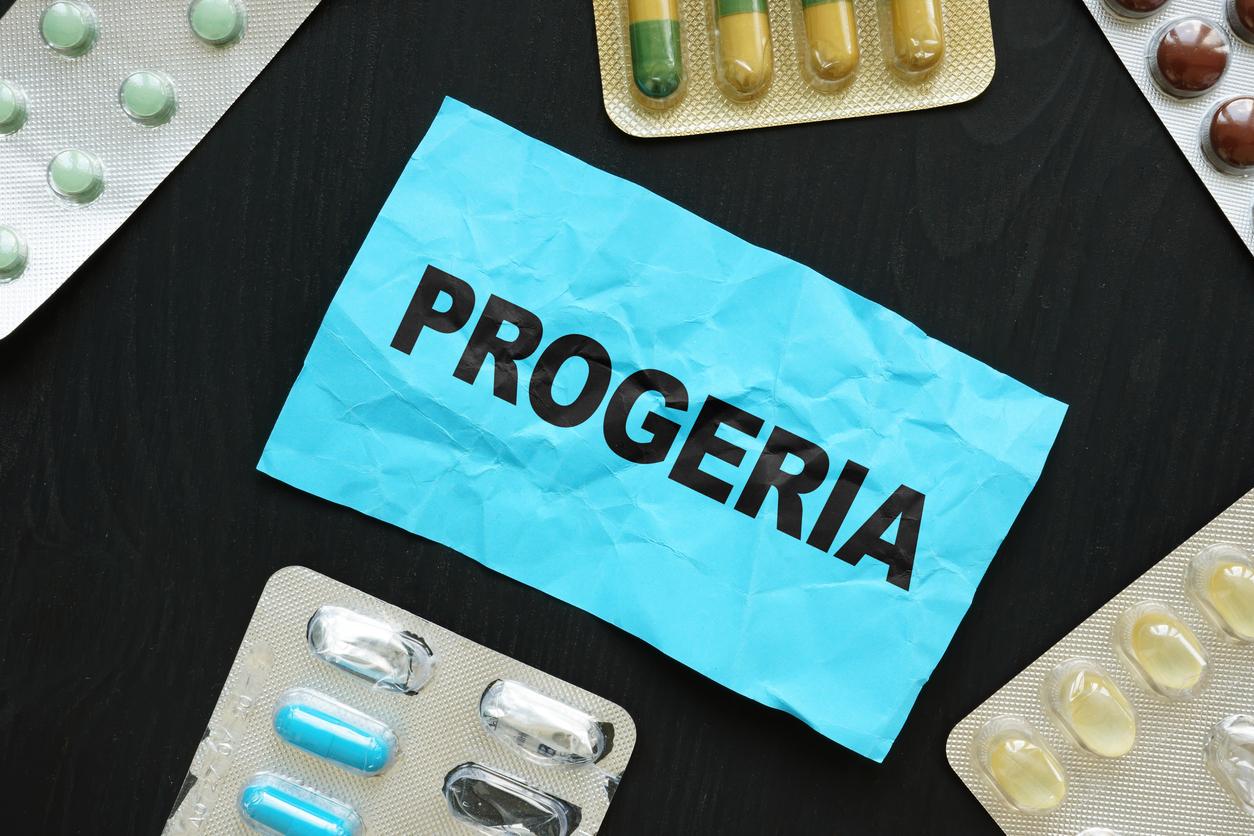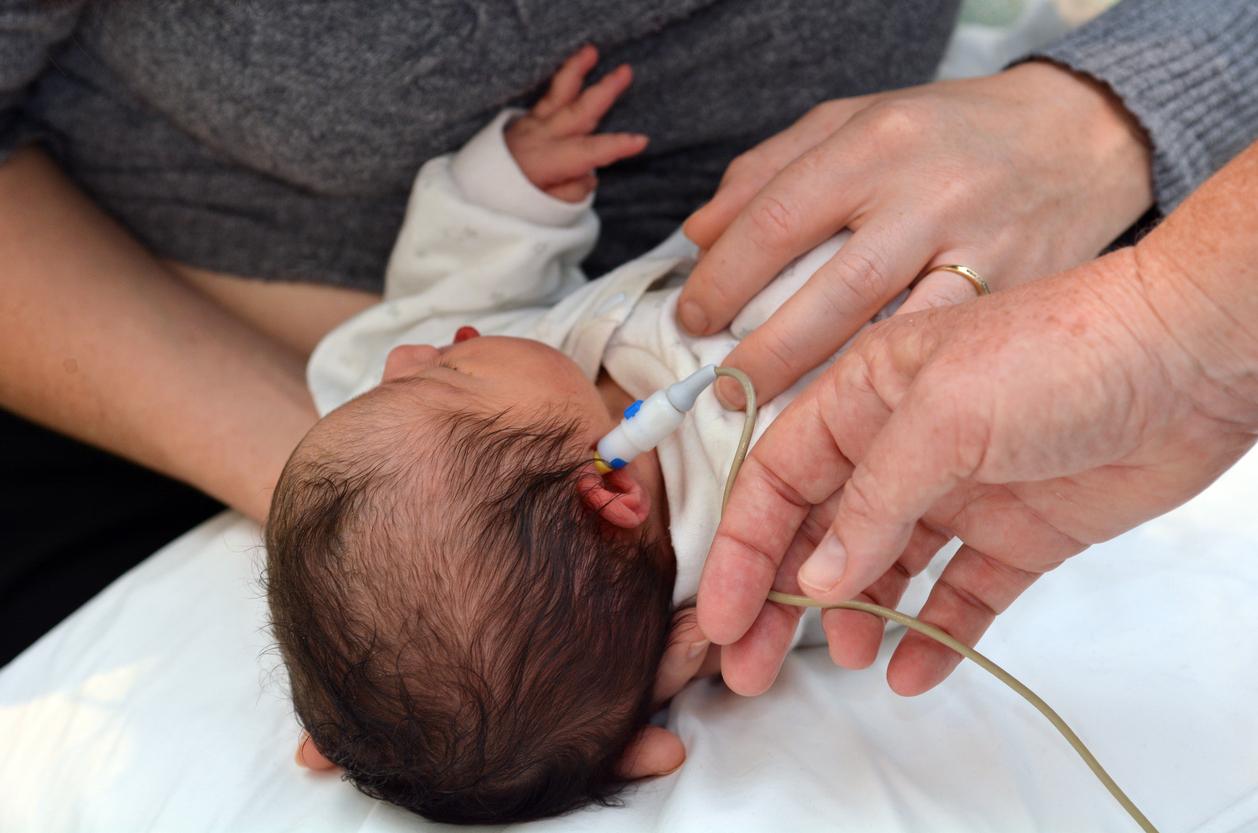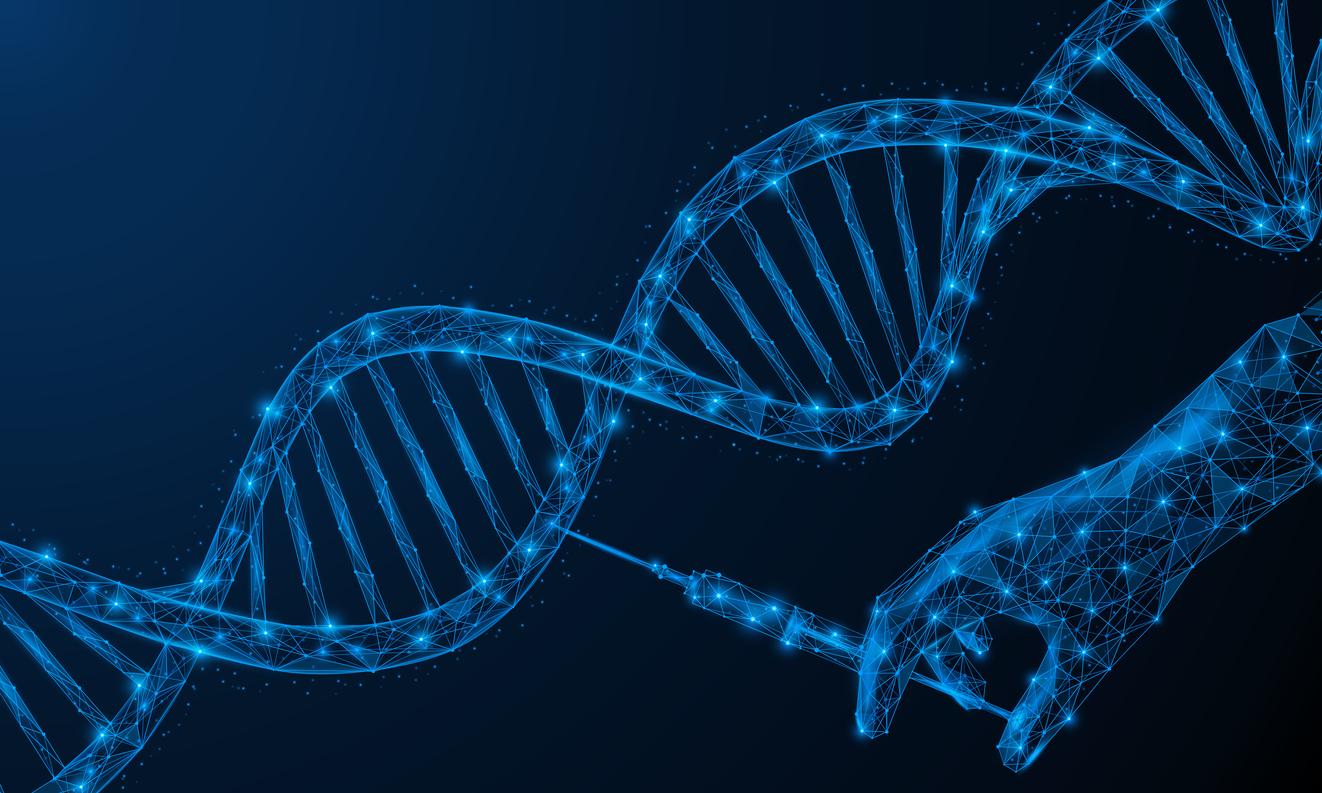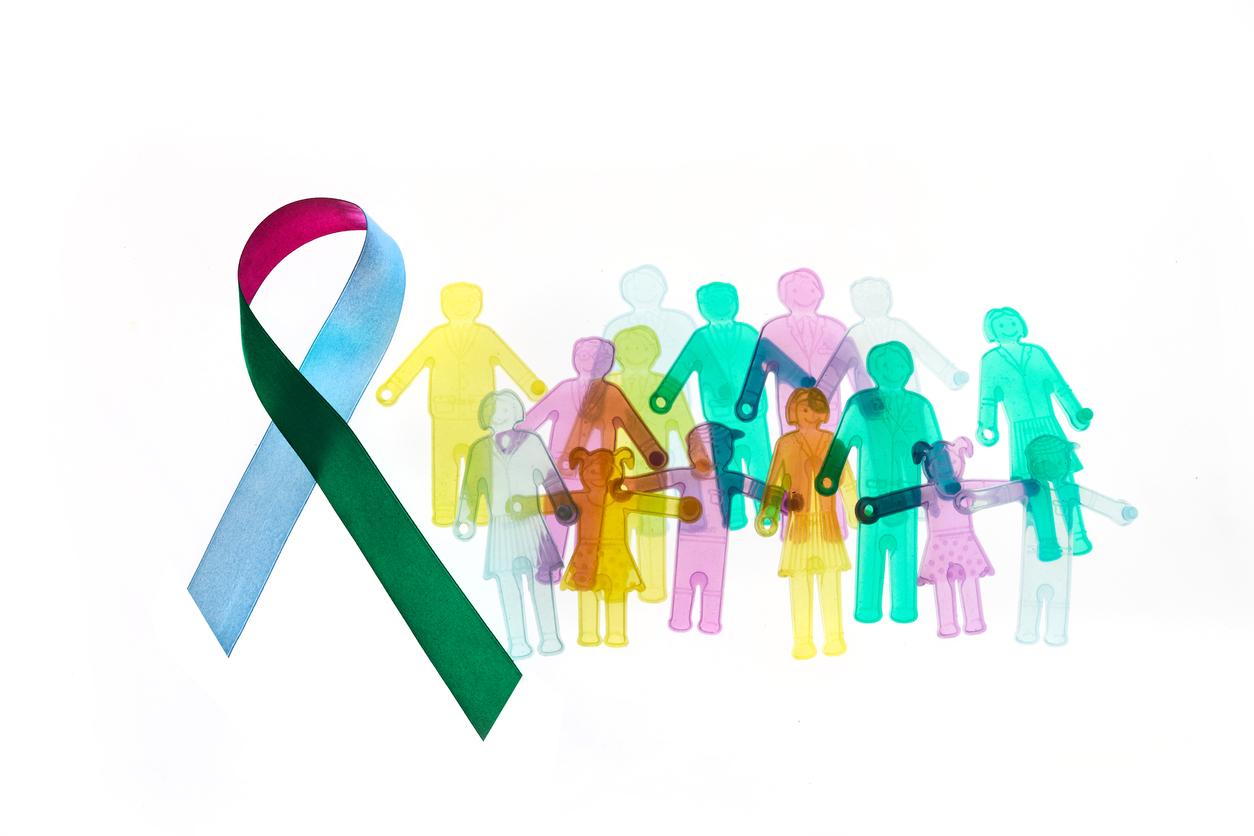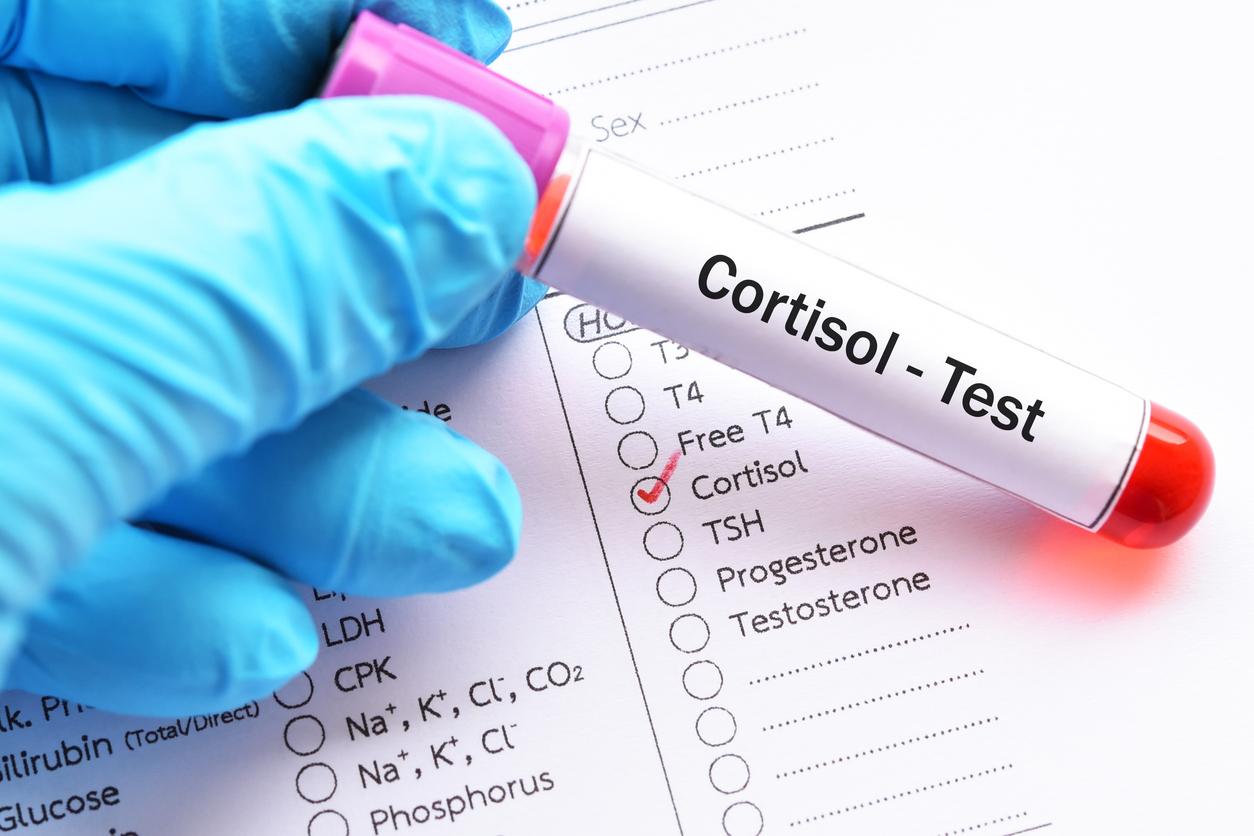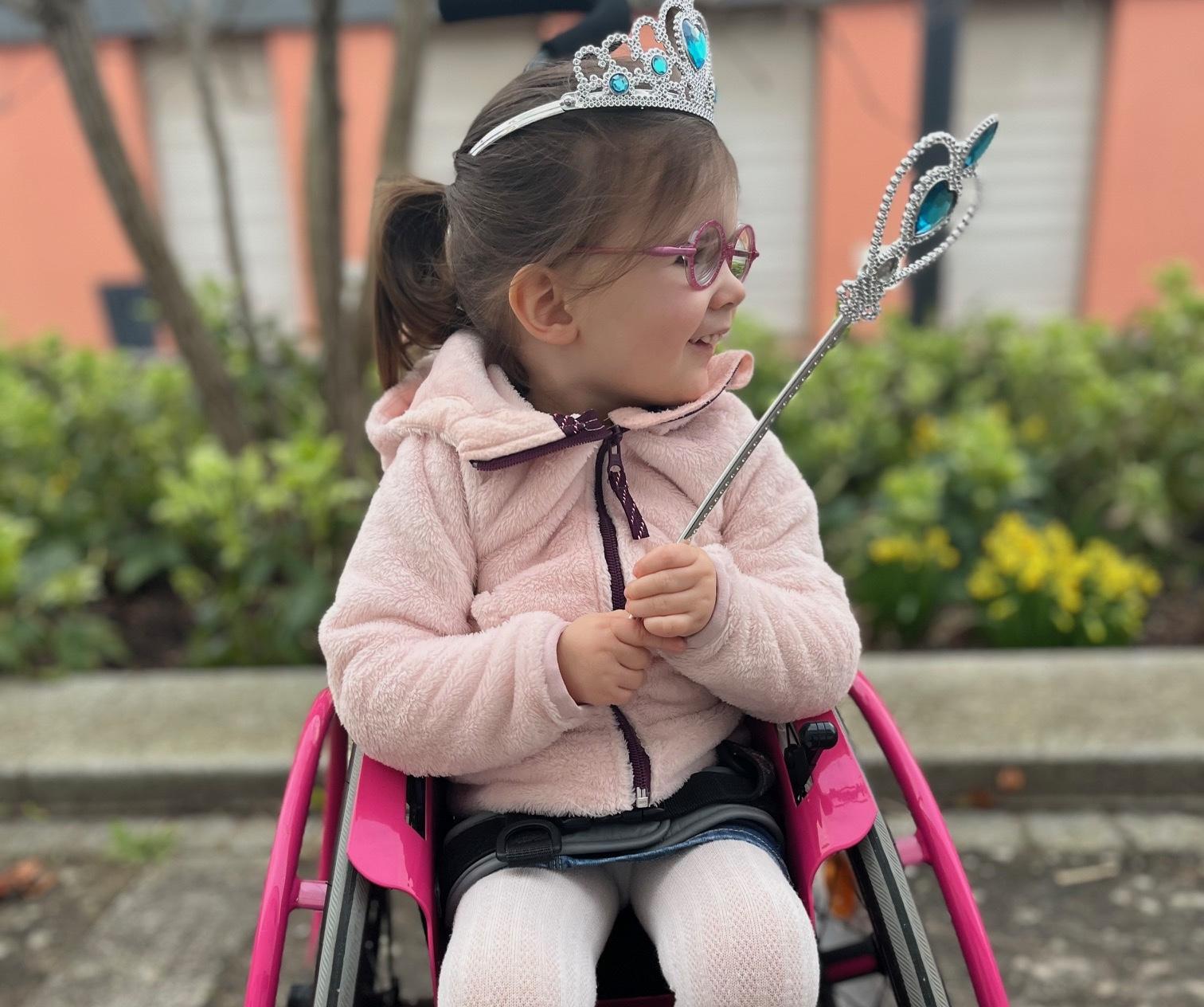A teenager with severe sickle cell disease has been successfully treated with gene therapy. Fifteen months later, he was able to return to school.

Perhaps the most common genetic disease has found a cure. This March 2, New England Journal of Medicine echoes a hopeful study. A young patient with sickle cell disease received gene therapy. Over a year later, he was released from the hospital and no longer needs to take any medication.
This study is used by an establishment used to serious illnesses in children: the Necker-Enfants Malades hospital (Assistance Publique – Hôpitaux de Paris). The clinical trial conducted within its walls involved a 13-year-old patient with a severe form of sickle cell disease. First treated with hydroxyurea, he then benefited from blood transfusions – the most effective method of limiting the complications of the pathology (see box).
Three-phase therapy
In October 2014, the teenager tested an innovative approach: gene therapy. French scientists first took a certain type of stem cell from his bone marrow. Hematopoietic stem cells are responsible, among other things, for producing hemoglobin and red blood cells – which are malformed in sickle cell anemia.
In the laboratory, the researchers then set about correcting the genetic defects of the cells. This involves the introduction of a so-called lentiviral vector, capable of causing DNA modifications. Here, the targeted gene encodes beta-globin, an amino acid that makes up hemoglobin.
The last phase of therapy involves re-injecting the treated cells through the veins. For several months, the young volunteer was followed in order to observe the impact of this approach, but also the possible complications.
Hope is allowed
15 months after the last injection, the results are clearly positive. The adolescent no longer needs drugs or transfusions, he no longer suffers from vaso-occlusive crises. He was also able to resume his physical activity and return to school. “We also note that the expression of the therapeutic protein originating from the vector, which is a highly inhibitor of pathological sickling, is remarkably high and efficient”, explains Prof. Philippe Leboulch, co-author of the study. Thus, the red blood cells no longer take the sickle shape typical of the disease.
These results push the research team to look even further. Prof. Marina Cavazzana, who coordinated the work, hopes to be able to extend the clinical trials to other establishments. And for good reason: only 18% of patients have a compatible blood donor.
The most common genetic disease
Sickle cell disease is a common genetic disease. The mutation at the origin of the pathology is carried by 50 million people. Which makes it the most common hemoglobinopathy in the world. In France, one in 3000 births is affected by sickle cell disease.
As a result of the genetic mutation, the patients’ red blood cells are deformed, and take the shape of a sickle. Hemoglobin is also abnormal. However, it is essential for transporting oxygen to the organs. The symptoms are therefore damage to vital organs, increased susceptibility to infections, iron overload as well as endocrine disorders. Currently, the most common treatment is to perform transfusions of healthy blood.
.







